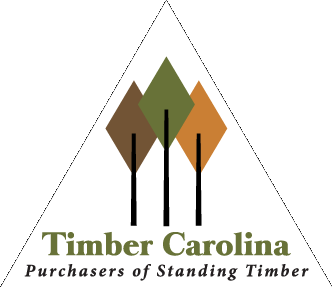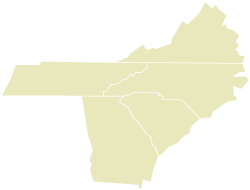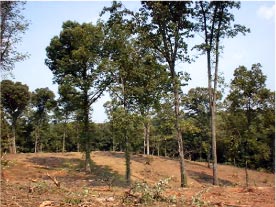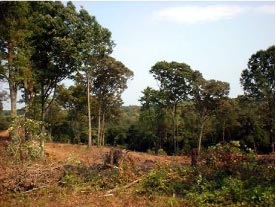Founded in South Carolina, Timber Carolina now purchases standing timber products in five states across the Southeast. We strive to maximize your timber income while impacting the land as little as possible.
What We Do: Timber Carolina purchases standing timber from private landowners, supplying major markets across the Southeast. By utilizing market knowledge gained over 20 years in the timber business, efficient merchandising, and contractor-to-job compatibility, we can offer you outstanding prices, while helping you meet the goals you have for your land.
Where We Work: We currently purchase timber in the following states: North Carolina, South Carolina, Tennessee, Georgia, and Virginia
What We Buy: We have markets for all timber products ranging from pulpwood to high-quality logs. Typically, the minimum tract size we can deal with is 30 wooded acres. Your land must have a clear title before we can purchase your timber.
Harvest Types:
Whole Tract Harvest. All timber is harvested. Usually performed in mature stands or in areas where timber needs to be cleared to make way for other uses.
Pine Thinnings.Thinning is typically done in younger pine stands to create space for the best-quality trees to grow. This harvest type benefits the forest by improving the health of the remaining trees and enhancing the habitat for wildlife such as deer, turkey, rabbit and quail.
Before Thinning
After Thinning
Harvest with Reserves. Many times landowners want to harvest timber but retain trees for various reasons (to lessen visual impact, benefit wildlife, future residential trees, etc.). These harvests may leave scattered trees over the tract or clusters in certain areas. The feasibility of leaving trees depends on the size of trees to be cut and the terrain on which the harvest is to take place.





